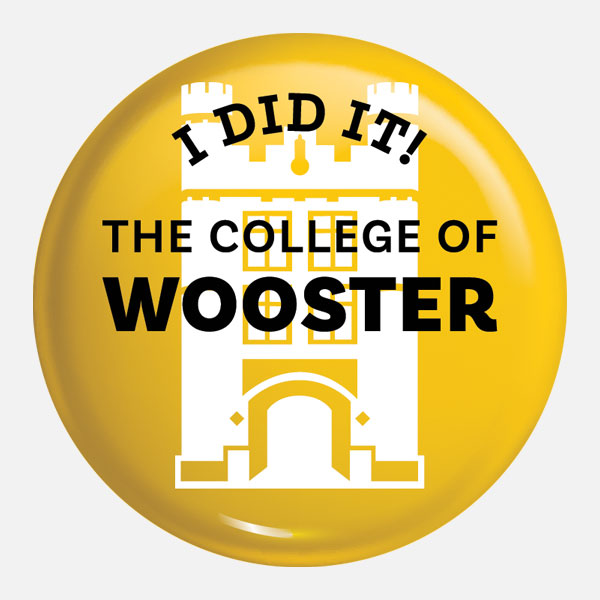
A Break From 538: A Study On The Expansion Of The House Of Representatives In Electoral College Reform And Its Relationship To The Popular Vote

Name: Philip Gray
Major: Political Science
Minor: History
Advisors: Professor Angie Bos, Professor Bas Van Doorn
This study tested if increasing the size of the House of Representatives would decrease the discrepancy between a U.S. presidential candidate’s electoral college percentage won and popular vote percentage won. In this study I used historical election data to simulate presidential election results at increases in the size of the House 10 times, first to 500 seats and then adding 100 more seats each subsequent time. I hypothesized that increasing the House size would help decrease the discrepancy, however after apportionment the changes were minimal and lacked consistency in decreasing the discrepancies between electoral college percentage won and popular vote percentage won. In 2000 and 2016, the candidate that won the popular vote lost the presidential election. Increasing the House size in 2000 would have changed the winning candidate to Al Gore but placed his electoral college percentage further away from his popular vote percentage. In 2016, Hillary Clinton won the popular vote and increasing the House size would have increased her electoral college vote percentage, but only by a fraction of a percent which is not enough to change the outcome of 2016. Increasing the House size has been shown that it is not a consistent method of electoral college reform and fails to reliably decrease the discrepancy between a candidate’s electoral college percentage won and popular vote percentage won.
Posted in Comments Enabled, Independent Study, Symposium 2022 on April 26, 2022.
5 responses to “A Break From 538: A Study On The Expansion Of The House Of Representatives In Electoral College Reform And Its Relationship To The Popular Vote”
Related Posts
Related Areas of Study
Political Science
The study of power, with concentrations in U.S. politics, international relations, political theory and comparative politics.
Major MinorHistory
Critically examine events and societies of the past and learn to tell the stories future generations need to know
Major Minor


Great work, Philip, on this project. It’s so important to think through ways to make our presidential election system more representative. Thanks for sharing – and for being a great advisee in IS this year!
Great presentation, Philip! I really enjoyed serving as second reader on this project.
Amazing presentation on such an interesting topic! you did such great work, very well done methodology
Thank you so much! I’m happy you enjoyed it!
Thank you for everything you’ve done for me! This was great and you’ve been supportive every step of the way. I couldn’t have done it without you!